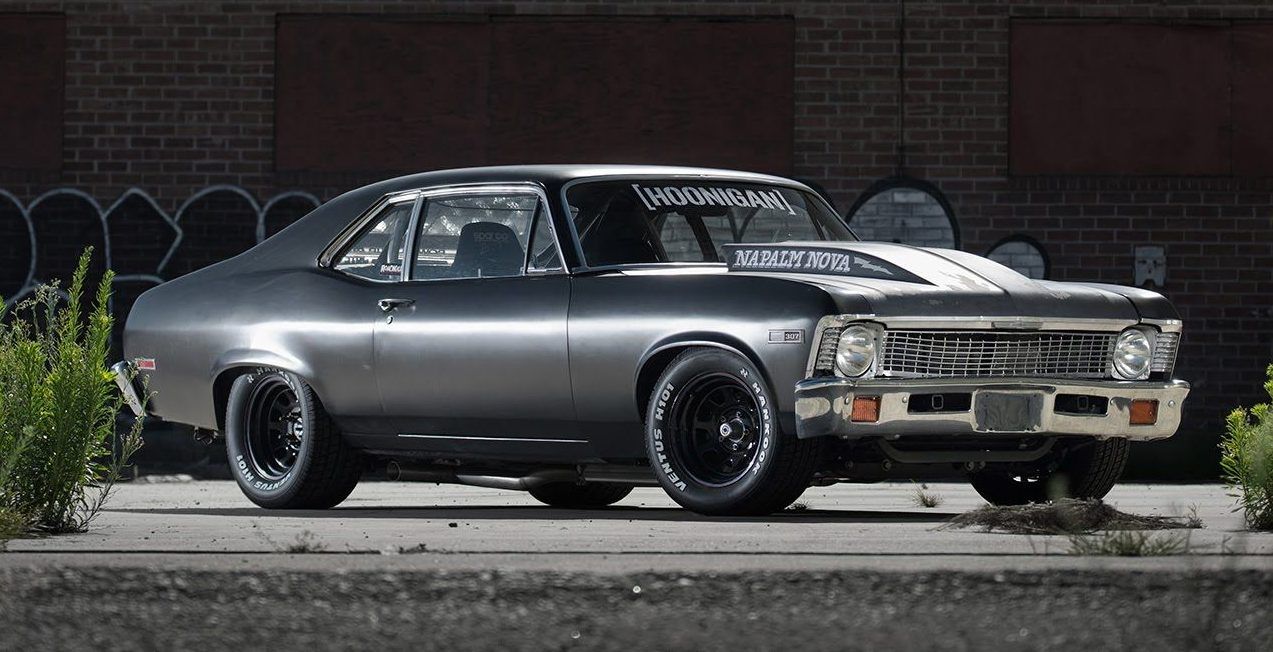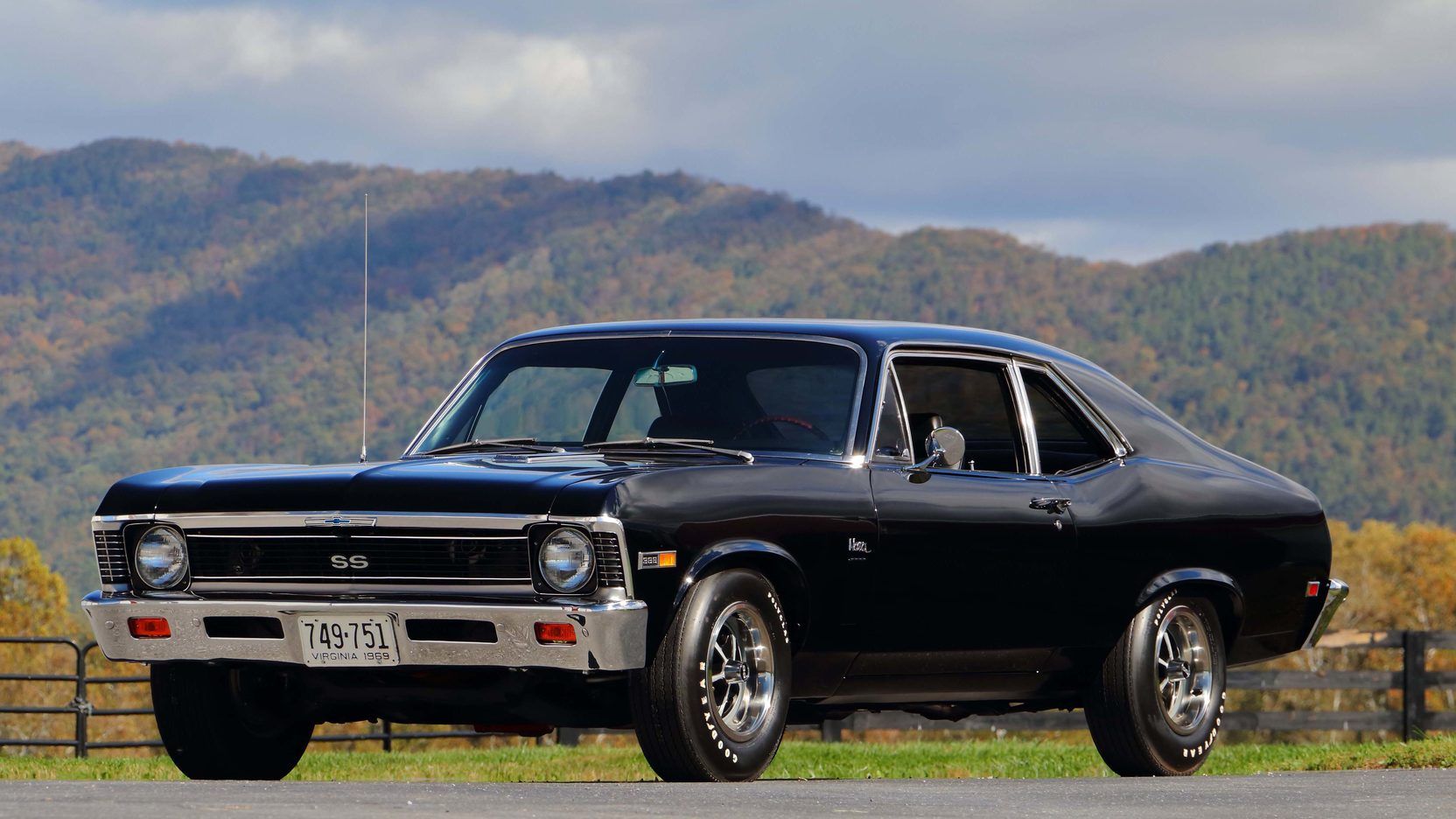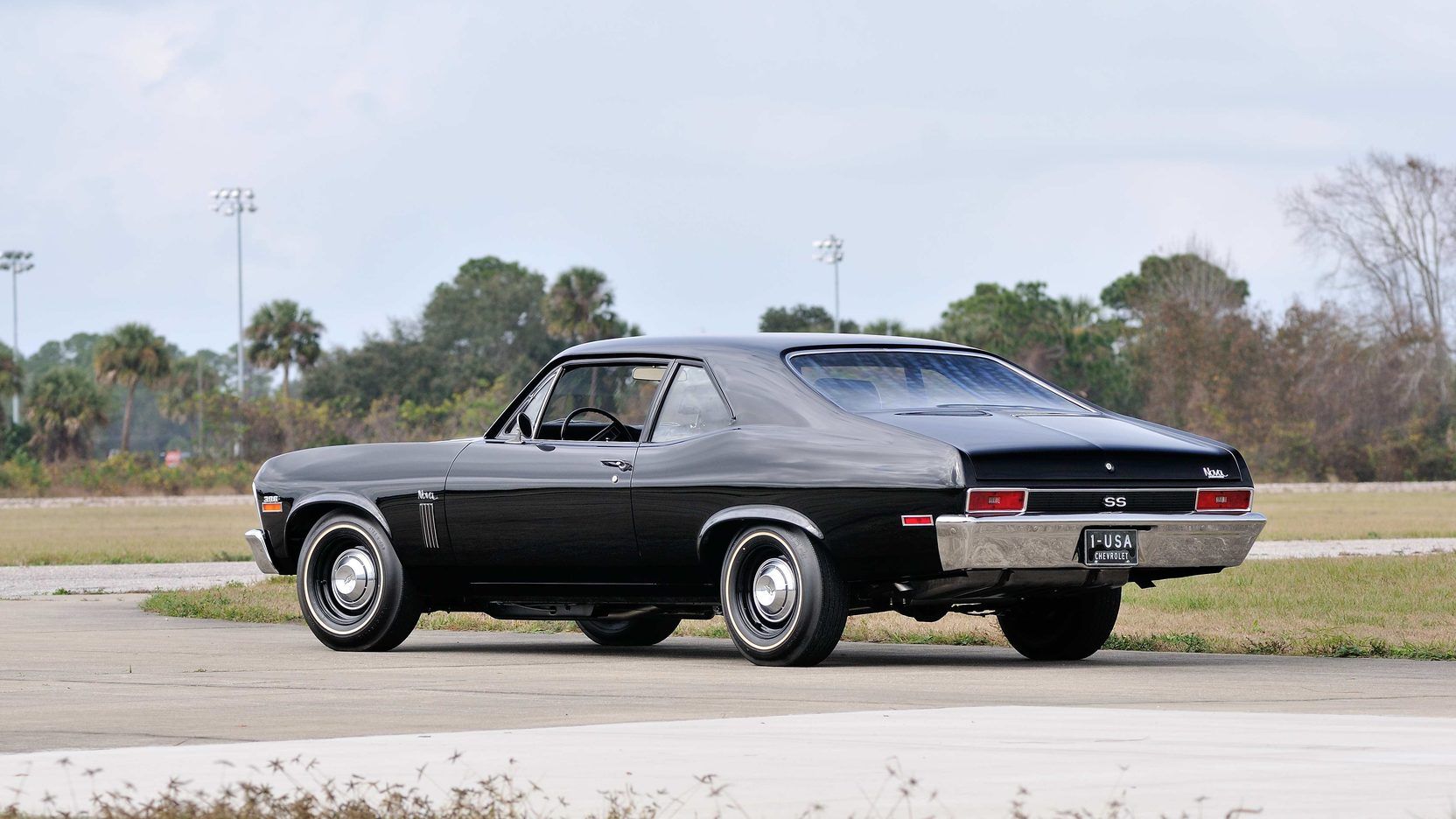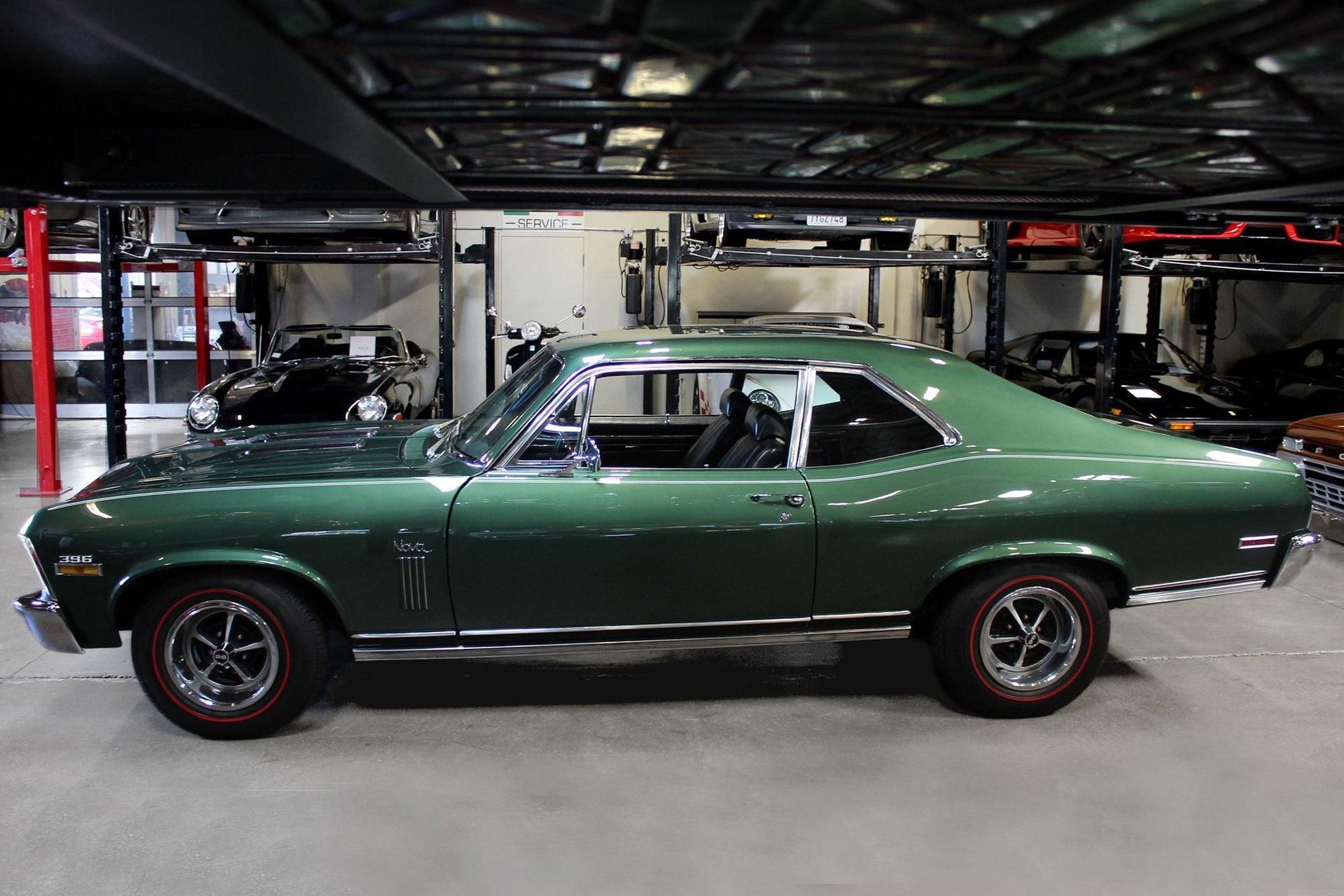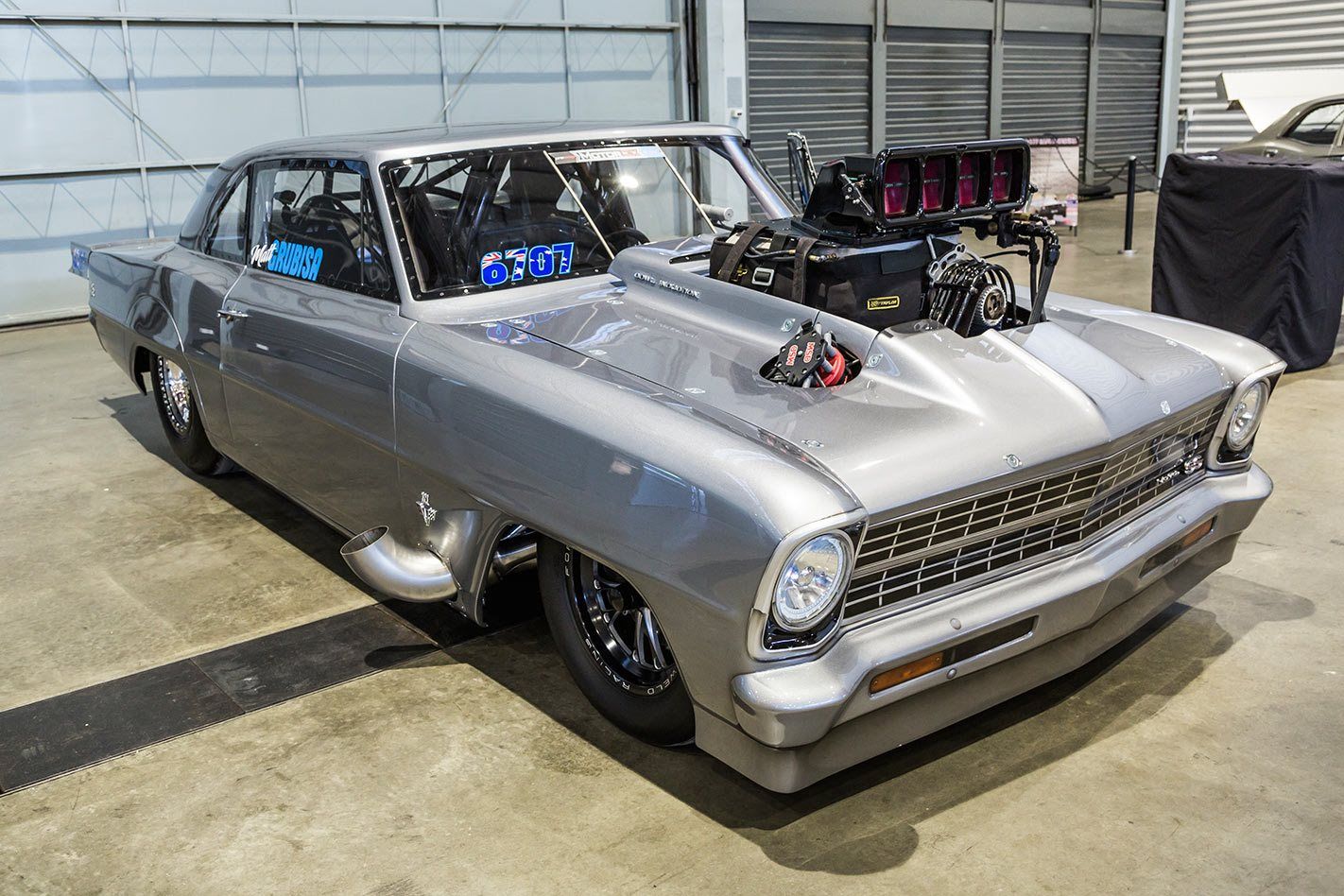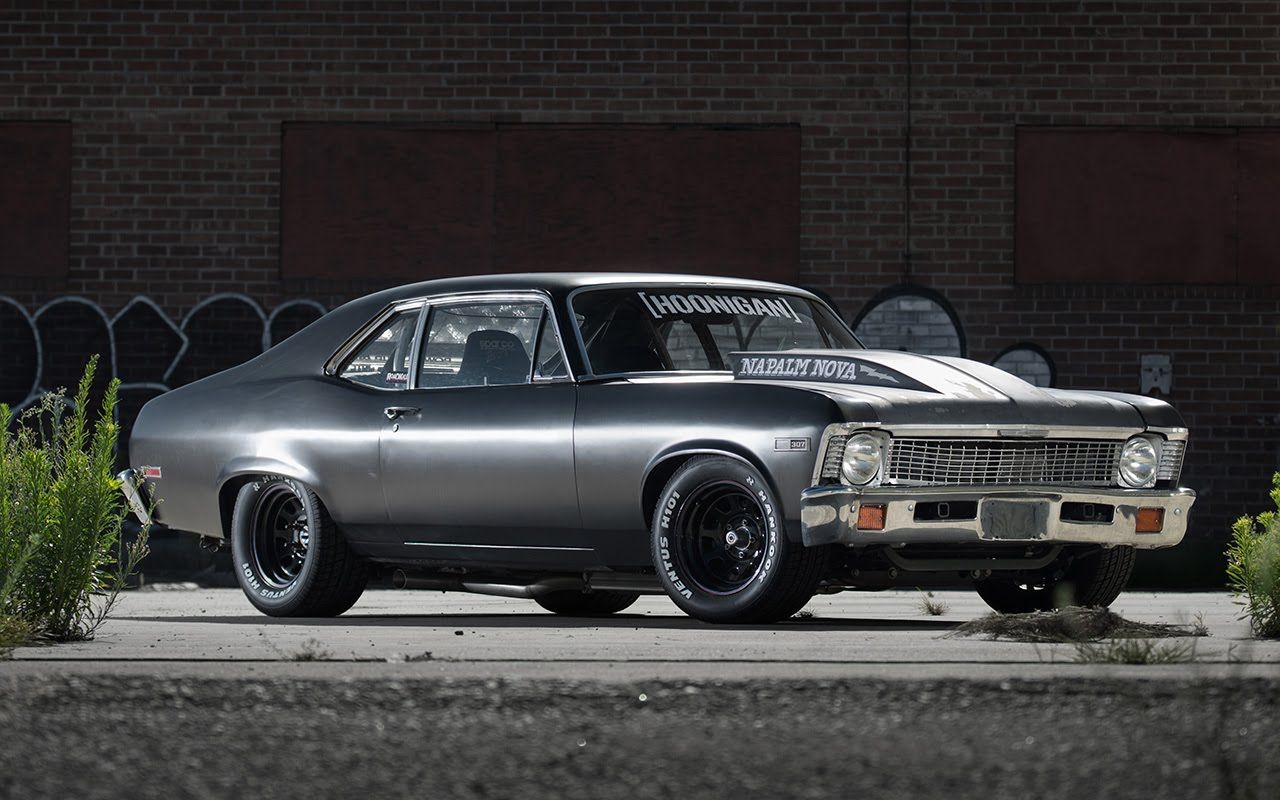There are few times as good as now to be a classic car enthusiast. Though many new cars may fail to live up to expectations, the tried-and-true antiques of yesteryear are already established. For this reason (along with a litany of others), classic cars still have a huge following.
For this particular occasion, we're going to focus on those of the muscle car variety. To be specific, the renowned Chevrolet Nova of the 1960's and '70s. The Nova was, at its genesis, overshadowed by its big brother, the Chevelle SS. Nevertheless, they're still wonderful sports cars, even by today's standards. The bright side, though, is that they're cheap to restore!
Yet, the question remains: "why restore a Nova when I can just get a nice Chevelle?" Well, to answer that, here's our opinion on whether or not all that trouble's actually worth it...
A Staple Of American Muscle Cars
Just as the Dodge Charger, Challenger, Ford Mustang, and Barracuda are a mainstay of classic American muscle cars, so too is the Chevrolet Nova; albeit, to a slightly lesser extent. Nonetheless, the Nova has everything a golden-age muscle car would have.
The Nova was a unique car, offering several iterations of its body style (coupe, fastback, etc.). Along with that, the Nova was less reliant on V8's, as there are more V6 Novas than there are V8's. The V6's are more affordable, but not as sporty as the V8 alternative.
Novas are nicknamed the 'baby Chevelle' for a reason: they're both Chevrolet, each come from the same era, and both look strikingly similar. So, since they're so closely related, it wouldn't be absurd to attribute the legendary status of the Chevelle to its baby brother, too. To be honest, an untrained observer probably won't even be able to tell the difference...
High Resale Value
The next answer, as to whether Nova's are worth restoring, can be found in their price. Though we mentioned that the Nova has been overshadowed by other muscle cars from the time (i.e. Chargers and Chevelles), you wouldn't think that's the case if you're focusing solely on their cost.
Simply sift through various online auto-dealers to see what we're getting at. The expensive versions are those which have been kept in perfect condition/restored. Typically, a 1969 or 1970 Chevrolet Nova SS (or SS Tribute) in that condition will sell from $35,000 to $45,000; sometimes more. Not that much compared to a mint Charger, but remember this: you won't be able to restore another car for the same as you can with the Nova.
If you've got the money in the bank to buy a pristine one, then you're probably not too worried about restoration costs, anyways. However, if you are, the Nova is a great deal. For example, get a project Nova for less than $10K and slowly turn it into the ideal car. After all, it'll end up costing the same (if not less) than one from a dealer.
Plenty Of Space For Mods
Lastly, we can't forget about those tuners amongst us. Regardless as to whether it's J.D.M. or muscle, there's always people who love to modify their cars. For ol' muscle cars, the Chevy Nova may be the best platform for said modders to go wild!
Given they're a 1960's/'70s American car, they're absolutely huge in every area, including the engine bay. The Nissan 240SX has nothing on the Nova's bay space; so much room for activities, so to speak. You could swap in a modern LS-series engine, add forced-induction, or anything else you can imagine.
Perhaps the greatest example we can bring up is the Hoonigan 1972 Chevy Nova; A.K.A. "Napalm Nova." It goes to show that, whatever condition it's in, a Nova can always be fun, so don't write 'em off so quickly!

